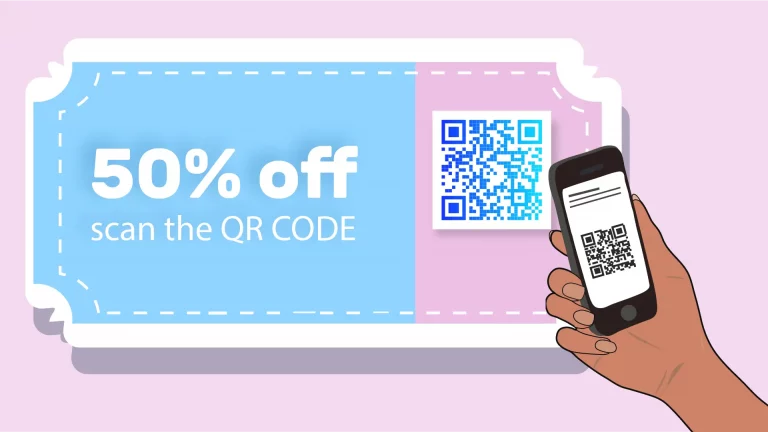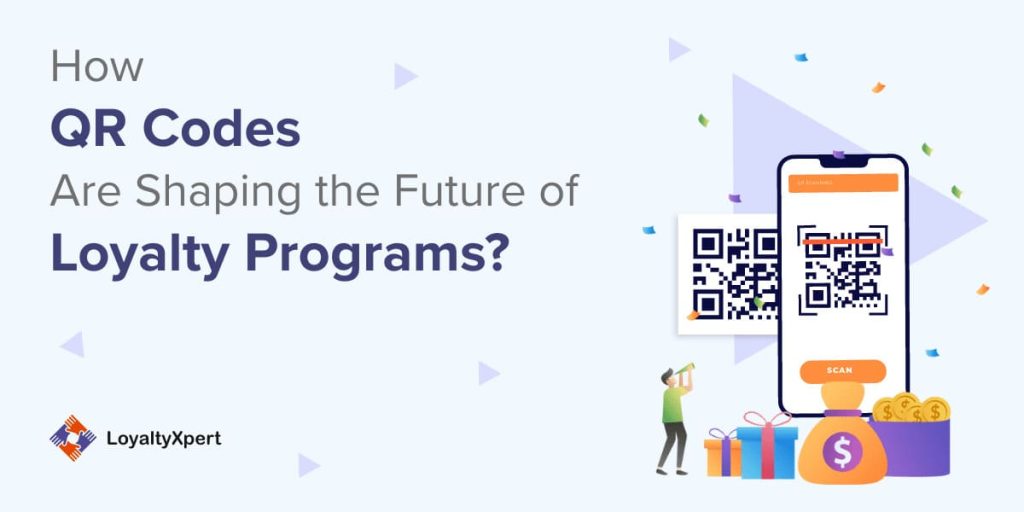Increase Customer Lifetime Value with a Tactical Loyalty System
Increase Customer Lifetime Value with a Tactical Loyalty System
Blog Article
Exactly How a Commitment System Can Drive Long-Term Business Development
In today's affordable marketplace, the application of a loyalty system sticks out as a critical method for cultivating long-lasting service growth. By properly incentivizing repeat acquisitions and growing brand commitment, organizations can not just support their income streams but additionally obtain vital understandings into consumer behavior. However, the success of such a system rests on its layout and execution, elevating pertinent inquiries regarding what genuinely makes a loyalty program effective. As we explore the subtleties of these systems, their influence on consumer interaction and overall earnings warrants careful consideration.
Benefits of Loyalty Programs

Additionally, commitment programs can enhance consumer insights. By tracking acquiring choices and behaviors, services can gather useful data that notifies marketing methods and item offerings. This data-driven method permits tailored experiences, even more growing consumer partnerships.
On top of that, reliable loyalty programs can enhance brand advocacy. Satisfied customers that feel appreciated are more probable to recommend the brand name to their peers, bring about organic growth with word-of-mouth advertising. Additionally, commitment programs can develop a sense of neighborhood around a brand, urging consumers to involve with the organization on several degrees.
Last but not least, companies that carry out loyalty programs typically experience enhanced ordinary deal values as customers seek to maximize their benefits. This diverse technique not only drives prompt sales however also establishes the foundation for long-term business development.
Creating an Efficient Commitment System
Just how can businesses develop a loyalty system that not only brings in consumers yet additionally maintains them? The style of an efficient loyalty system hinges on recognizing consumer choices and habits. Initially, companies should gather information with surveys, acquisition history, and comments devices. This data will certainly inform the structure of the commitment program, guaranteeing it straightens with customer assumptions and wishes.
Next, companies need to provide purposeful benefits that reverberate with their target market. These might consist of discount rates, special accessibility, or customized experiences. A tiered rewards system can additionally encourage customers to engage even more deeply and raise their investing.

Enhancing Client Involvement
Engaging customers effectively can substantially increase their connection to a brand name and foster long-lasting commitment. A well-designed loyalty system serves as an excellent platform for improving customer interaction by producing personalized experiences that resonate with specific preferences. By making use of information analytics, services can tailor communications and rewards to fulfill explanation the special needs of their consumers, making them feel valued and understood.
Incorporating gamification aspects within loyalty programs can substantially increase interaction. By presenting difficulties, rewards, and leaderboards, brand names can motivate customers to communicate extra often and enthusiastically. This technique not only enhances the customer experience but also develops a feeling of neighborhood among participants.
Furthermore, leveraging several touchpoints-- such as social media sites, e-mail, and mobile applications-- guarantees that consumers continue to be linked to the brand name. Regularly soliciting responses through surveys and reviews more deepens this interaction, permitting businesses to adjust their offerings based on customer input.
Eventually, boosting consumer involvement via a loyalty system not only enhances brand fondness but also encourages repeat purchases, boosting overall business efficiency. By prioritizing interaction methods, brand names can cultivate long-term connections and dramatically influence their growth trajectory.
Determining Commitment Program Success
To totally realize the advantages of improved consumer involvement, services must apply durable methods for determining the success of their commitment programs. Effective measurement begins with specifying clear goals straightened with the general service strategy. Usual goals include increasing consumer retention, enhancing ordinary transaction worth, and enhancing consumer lifetime worth.
Trick efficiency signs (KPIs) play a critical role in this analysis procedure. Metrics such as enrollment rates, redemption prices, and the regularity of participant acquisitions offer useful insights. Furthermore, tracking client responses through studies can aid examine fulfillment degrees and recognize areas for improvement.
Analyzing customer actions is just as essential. Organizations can use information analytics tools to segment commitment program participants based on costs practices and engagement levels, permitting for targeted advertising techniques. This division aids in recognizing which facets of the program reverberate most with various customer demographics.
Study of Effective Programs
Many companies have successfully executed commitment programs that not just improve client retention yet also add considerably to total growth. A notable example is Starbucks, which uses its rewards program to cultivate address customer engagement. With over 25 million active members, the program incentivizes purchases via stars that can be retrieved totally free products, eventually driving repeat brows through and raising average invest per purchase.
Another successful instance is Sephora's Appeal Insider program, which segments customers into rates based upon their spending. This structure not only awards devoted consumers with special rewards however additionally motivates them to boost their costs to unlock greater rates. The program has actually verified effective, adding to Sephora's excellent income development and customer loyalty.
Furthermore, Amazon Prime exhibits an efficient commitment system that expands past traditional retail. By providing benefits such as totally free delivery, special content, and streaming solutions, Amazon has actually seen considerable rises in subscription, causing greater client retention prices and raised ordinary order values. These instance researches highlight the diverse techniques organizations can use to establish commitment programs that drive both client satisfaction and long-lasting growth.
Conclusion
In final thought, a well-structured loyalty system offers as a vital mechanism for fostering client retention and enhancing brand commitment, eventually driving long-lasting organization growth. The successful application of loyalty programs not just cultivates pleased clients but likewise transforms them into brand supporters, making sure sustainable success.
To completely understand the benefits of enhanced customer engagement, companies need to apply robust techniques for measuring the success of their commitment programs Our site (Loyalty System). Common goals consist of raising customer retention, improving ordinary deal value, and boosting consumer lifetime value
Numerous businesses have efficiently executed loyalty programs that not just enhance client retention however likewise add considerably to general development. These instance studies show the varied techniques businesses can utilize to develop loyalty programs that drive both consumer fulfillment and long-term development.
In conclusion, a well-structured loyalty system serves as a crucial device for fostering consumer retention and boosting brand loyalty, eventually driving long-lasting business growth.
Report this page